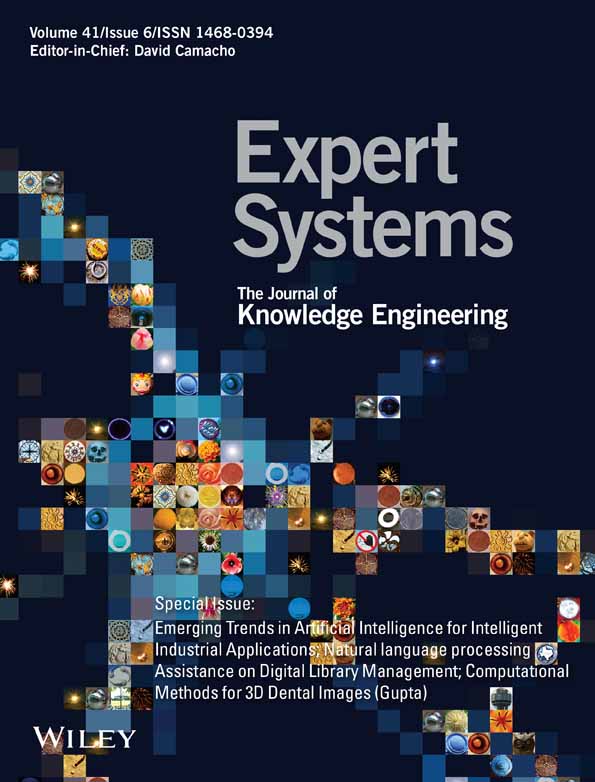Emotional expression in jewellery design under the background of artificial intelligence
Abstract
In order to improve the emotional expression effect of jewellery, this article combines artificial intelligence technology to analyse the emotional expression in jewellery design. Aiming at the characteristics of high-gloss materials such as strong reflectivity and translucency, starting from the classic ray tracing algorithm, this article strengthens the reflected light and projected light on the surface of the material, and proposes a realistic rendering algorithm for high-gloss materials. Moreover, this article introduces the CUDA parallel computing architecture to give full play to the computing power of multi-core computers, accelerate the calculation speed of the ray tracing algorithm, save the consumption of storage space, and improve the speed of real-time rendering under the premise of ensuring realism. The experimental research results show that the emotional expression system for smart jewellery design proposed in this article has a certain effect, which can effectively improve the effect of jewellery design.
CONFLICT OF INTEREST
We declare that we do not have any commercial or associative interest that represents a conflict of interest in connection with the work submitted.
Open Research
DATA AVAILABILITY STATEMENT
Data sharing not applicable to this article as no datasets were generated or analysed during the current study.




